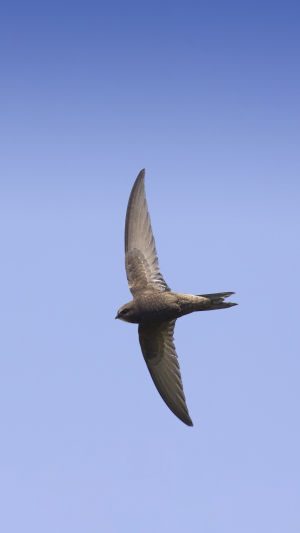As the most familiar bird to people, the swallow has many mysteries, for example, how does a migratory bird fly millions of miles over the vast ocean and accurately navigate back to its home? How is the round trip time from north to south in autumn and from south to north in spring determined? How do swallows communicate with each other, inside and outside their families?
Swallow is the collective name of 74 species of birds in the family Swallowidae. It is small in shape, with narrow wing tips, a concave tail and short bill, weak feet, and not too many feathers. The plumage is monochromatic, or metallic blue or green; most species are similar in both sexes.
Swallows consume a lot of time in the air to catch pests and are one of the most flexible finches, mainly feeding on insects such as mosquitoes and flies, and are known to be beneficial birds. They nest in tree holes or cracks, burrow on sandy shores, or stick mud on the walls or protrusions of buildings, roofs, and eaves in urban and rural areas.
Swallows generally live in groups and mate singly. Males and females share broods, while females are usually responsible for nest building and egg incubation. However, males are often mixed, eagerly seeking opportunities to mate with females other than their mates.
In winter, the food supply for swallows in temperate regions is greatly reduced, so many species migrate. However, unlike most other migratory birds, swallows migrate during the daytime and fly at low altitudes. In addition, they often forage for food during migration and therefore have lower fat reserves than other migratory birds of the same size.
Species that breed in Africa often migrate in response to rainfall patterns, but little is known about the specifics. Other species, such as the grey-rumped swallow, seem to "wander" around and do not have a fixed migration route.
In recent years, the distribution of many swallow species has expanded, as they are increasingly using buildings as nest sites, and these birds are being introduced to areas where they were previously unknown.
For example, Red-fronted Swallows have expanded their range southward to Kenya and Tanzania, and Cave Swallows have moved from Mexico into the southern United States. Environmental changes also cause shifts in distribution patterns. For example, the British population of house swallows wintered in South Africa, but now their range there has expanded westward due to increased rainfall in the west.
The swallow signifies the arrival of spring, indicating the blossoming of flowers, as it flies back north from the south to nest in the spring. It can also signify hard work and frugality, as the swallow will pick up things to build its nest by itself. It can also signify love, symbolizing the beauty of love, as swallows usually come in pairs. It can also signify good luck and good fortune. Swallows like to come in pairs and go in and out of people's houses or under the eaves, which arouses the idea that lovers are in love with swallows and desire to fly together, so swallows symbolize the beauty of love and convey the feelings of missing lovers.





